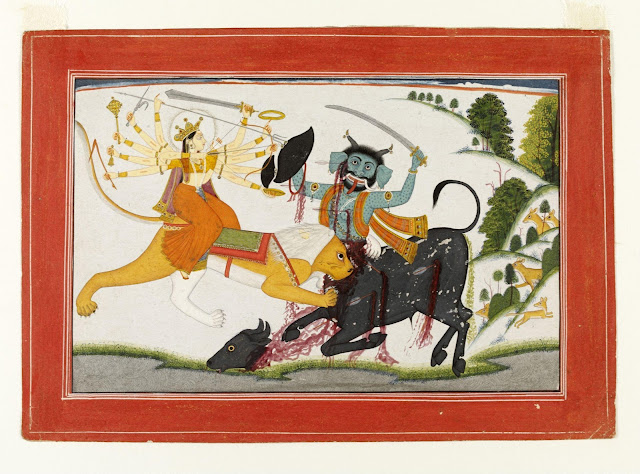Some Thoughts on Delhi's Administrative Chaos
Map of Delhi-NCR (source: NCR Planning Board) The problem of Delhi in Independent India has perhaps been a puzzle since its inception. Until 1901, Delhi was one of the five administrative units of Punjab province, comprising the five districts of Karnal, Ambala, Rohtak, Hissar and Gurgaon . However, as Delhi became the capital of British India in 1911, these districts were reconfigured and placed under its own local government as a separate province. Later, some areas of Meerut District (Shahdara) of the then United Provinces (today's Uttar Pradesh) was merged into Delhi. Eventually, the British government classified as a Chief Commissioner's Province under the Government of India Act, 1919 and 1935, equivalent to a present-day Union Territory. Post independence, Delhi was a Category C state at the time of Independence, with Chaudhary Brahm Prakash being its first Chief Minister. A Nairobi returnee, the man had despite being a Congressman faced significant problems with Anand



